What is architectural area and street lighting
Architectural area and street lights are aesthetically pleasing light fixtures designed to blend with the outdoor architectural environment. Strictly speaking, area lights are installed to illuminate geometric areas such as squares, campuses, and parks; street lights serve the illumination of arterials, collector roads, local streets, pedestrian walkways, and bikeways. For convenience of description, we call these two groups of products as street lights. Street lighting is provided to help vehicle drivers with the identification of objects and obstacles, lend adequate visibility to pedestrians and cyclists, and enhance personal security of pedestrians.
Designing an appropriate outdoor lighting system involves the systematic consideration and integration of many elements. While enhancing the visual environment for people to safely use road systems and outdoor areas during hours of darkness, street lighting is also required to address some special aesthetic requirements from applications in some urban or themed environments (e.g., important roadways entering and leaving the city, city centers, commercial developments, and recreational districts).
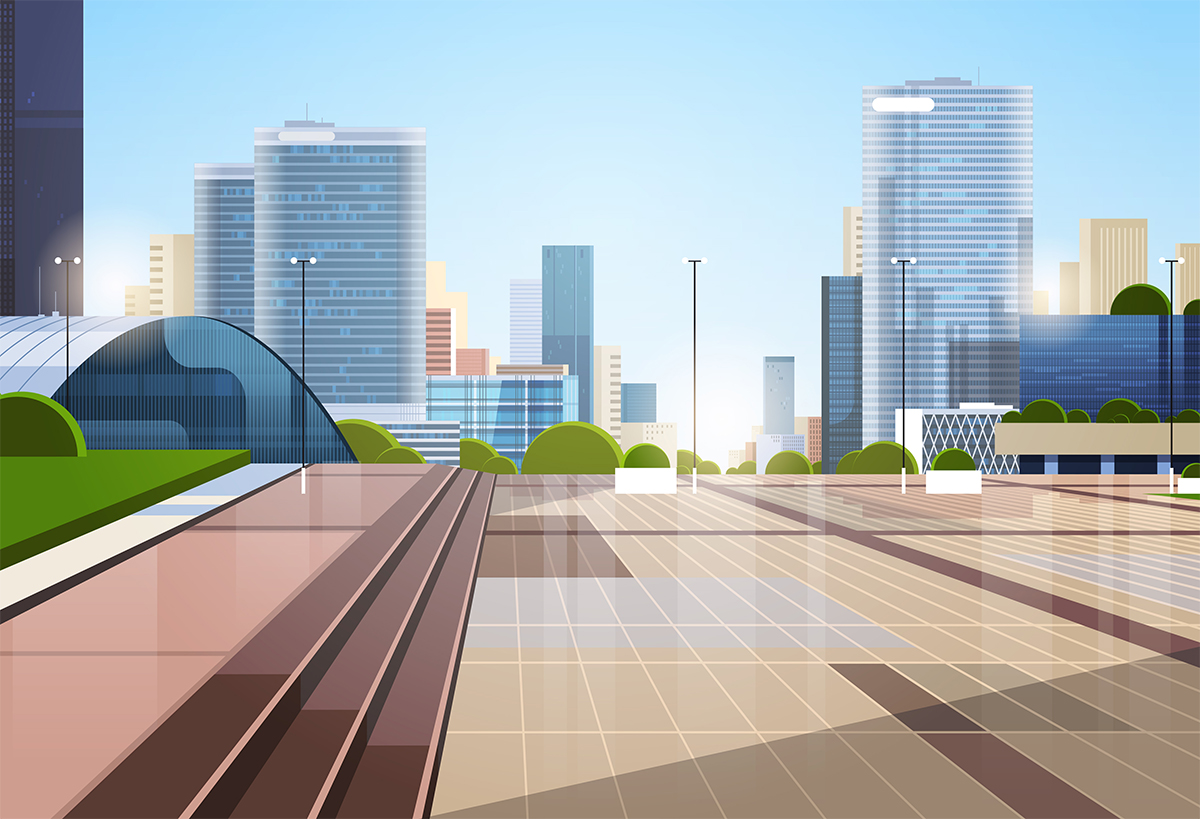
A convergence of art (architecture) and technology (lighting)
Architectural street lighting design composes, creates, integrates, infuses and organizes lighting into a coordinated system that performs in collaboration with the architecture. It is intended to contribute meaning to the viewer’s interpretation of the space, support the landscape architect’s artistic intent, enable new perspectives, and transform an ordinary space into the truly spectacular. In urban areas, particularly in medium-to-high pedestrian usage areas, unique landscape design elements will typically necessitate the use of street lights with architecturally inspired shapes and contours to suit the theme for the area.
Architectural street lighting is a convergence of art (architecture) and technology (lighting). It’s about creating a cohesive lighting design that is specific to the elements that exist on an outdoor area. Where possible, choose light poles and luminaires with a stylistic appearance that reinforce the look that the architect is seeking to create. The scale, size, location, style and finish of the light fixture need to be coordinated with the street furniture and landscaping. The visual appeal and ultimate aesthetic success of a streetscape project are heavily influenced by pole height and layout as well as the artistic integration between the pole and luminaire.
LED lighting offers the opportunity to advance beyond legacy form factors
In the past, architectural street lighting is deadly deficient in diversity of artistic expression. Traditional street lighting struggles with the optical control of the bulky high intensity discharge (HID) sources which include metal halide (MH) and high pressure sodium (HPS) lamps. The physical volume and omni-directional radiation of these light sources call for the use of large, cumbersome optical systems, therefore form has to follow function when it comes to the design of HID street lights.
With LED lighting there is the opportunity to advance beyond legacy form factors. The miniature semiconductor light source that produces directional illumination affords the use of small size lenses to achieve precisely controllable light distributions. With minimized optical systems, the LED technology platform gives great freedom to design luminaires that fit various architectural forms.
From minimalist lines to dramatic silhouettes, architectural street lighting comes in many forms. Architectural street lighting design is most often associated with modern and contemporary styles. The modern style is known for sleek designs, fixed around clean, geometric lines, and filled with intentional symmetry. The contemporary style remains minimal decoration but is more fluid. It has an eye on the present and future. Vibrant colors, interesting patterns, uncluttered geometries, and artful shapes are all hallmarks of contemporary lighting.
A holistic approach to system design
Architectural LED street lights are highly integrated lighting systems that infuse form with function to inspire conversations and imaginations. With their sleek and streamlined integration of luminaires and poles, cohesive mixture of organic shapes and geometric elements, and strategic blend of daytime appeal and nighttime performance, these architectural pieces create an intriguing visual path or oasis that weaves all of the landscape elements together into a sensible scene.
While LED technology allows for seamless integration of wild architectural forms with lighting systems, tightly interdependent photometric, electrical and thermal characteristics of LEDs necessitate a holistic approach to system design and aesthetic enhancement of the light fixture.
LEDs are self-heating devices that require intensive thermal management. The heat sink, which is the most influential part of the thermal transfer path, must be dimensioned to handle the applied power load. Most outdoor LED luminaires embrace a fixture-as-heat-sink design to facilitate convective heat transfer. The heat sink design therefore must simultaneously address the aesthetic requirement.
The optical design is equally critical to the performance and aesthetics of an LED luminaire. The light engine of an architectural LED street light is usually concealed to provide minimal visual distraction and excellent glare control. The light seems to come from nowhere yet has an effective distribution thanks to the precision-engineered total internal reflection (TIR) optics and custom lenses. When the prominence of the light source is a part of the design or wide area illumination is desired, the light engine can be shielded by a diffusing lens which produces uniform light distribution while creating visually appealing luminance and daytime appeals.
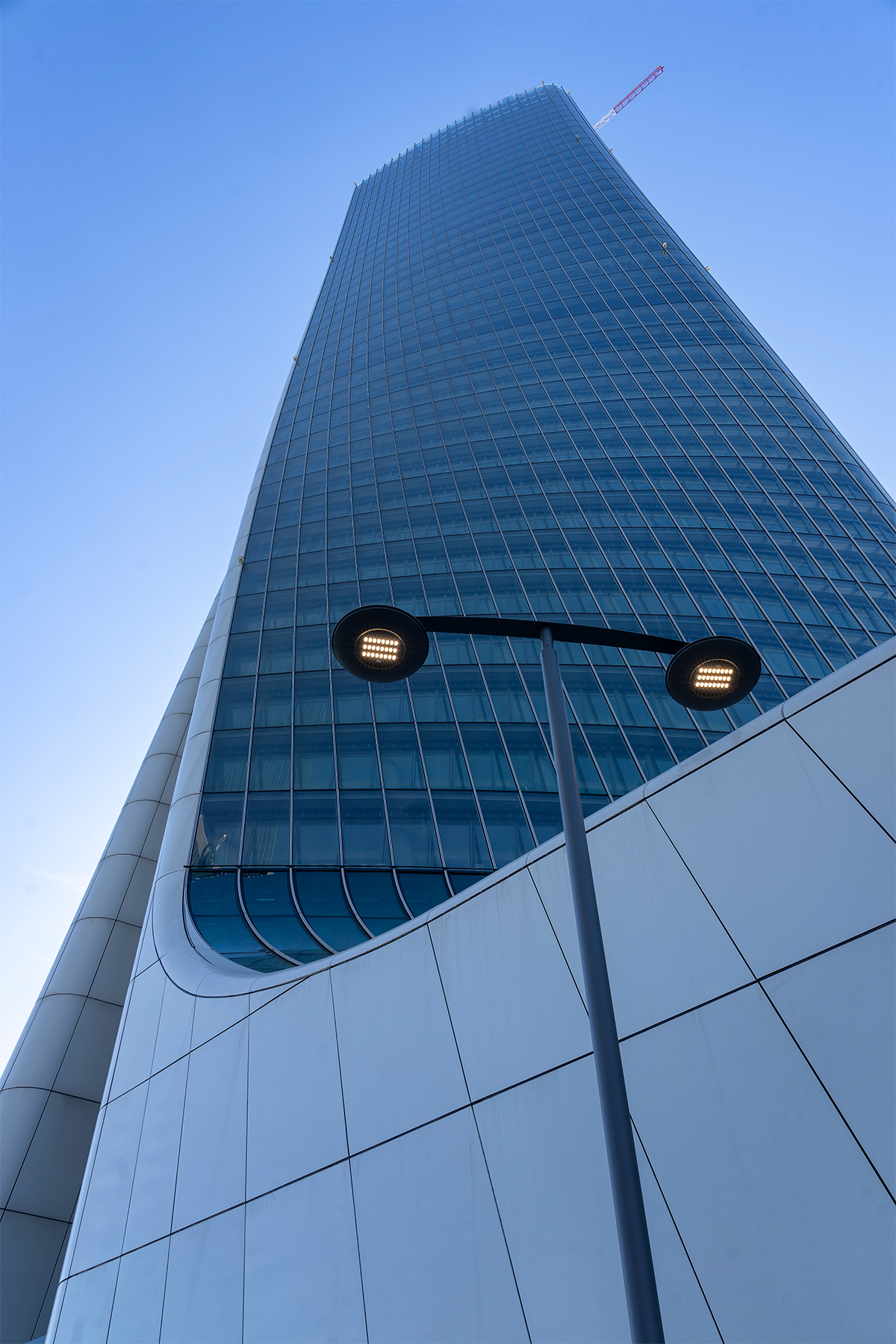
System performance and reliability
The performance variants that an architectural LED street light offers involve the component metrics as well as the reactions of the electrical, thermal and mechanical systems upon environmental or operational stresses. The spectral composition, which dictates the correlated color temperature (CCT) and color rendering property of the light emitted by an LED luminaire, depends on the down-converter material used in an LED package. The lumen maintenance (useful life) and luminous efficacy of an LED come down to its package design and construction.
High power packages and chip scale packages (CSPs) are known for their ability to resist thermal and electrical stresses, which often translates to a longer useful life when compared with other types of LED packages. Mid-power packages based on the PLCC platform are favored for their higher initial efficacy and lower cost, but they’re prone to premature package material degradation and lumen depreciation at high temperatures and long operating times.
The LEDs must be operated in a controlled environment. While thermal engineering is always important in LED system design, many catastrophic failure mechanisms are accelerated by electrical overstress (EOS) and high current density operation. Drive current regulation is arguably the most important aspect of successful LED system design. The efficiency and lifespan of line-operated LED street lights depend on the driver’s ability to convert and regulate power appropriately and efficiently, while protecting the LEDs from power surges and poor incoming power quality.
The LED driver plays a crucial role not only in operating the LEDs but also in addressing the growing demand for controllability and flexibility. Building intelligence into LED drivers enables output manipulation including dimming, occupancy control and daylight harvesting. The addition of networking capability offers a robust, easily scalable solution to maximize the energy savings of lighting control strategies.
Color and gloss retention
The housing and pole of an architectural LED street light come in a color or colors that are aesthetically compatible with the surroundings. To hold the color and gloss of the surface finish to set periods in exterior architectural applications, all metal components undergo a pretreatment process through which a surface is cleaned and prepared to be coated. The typical pretreatments for aluminum and steel prior to powder coating are chromating and phosphating, respectively.
Chemical surface treatments provide a protective barrier that will prevent corrosion and oxidization of the metal and heighten the performance value of subsequently applied coatings by improving the adhesion to the metal substrate. Polyesters are the most commonly used powders which are available in the enormous choice of colors, gloss levels and special effects.
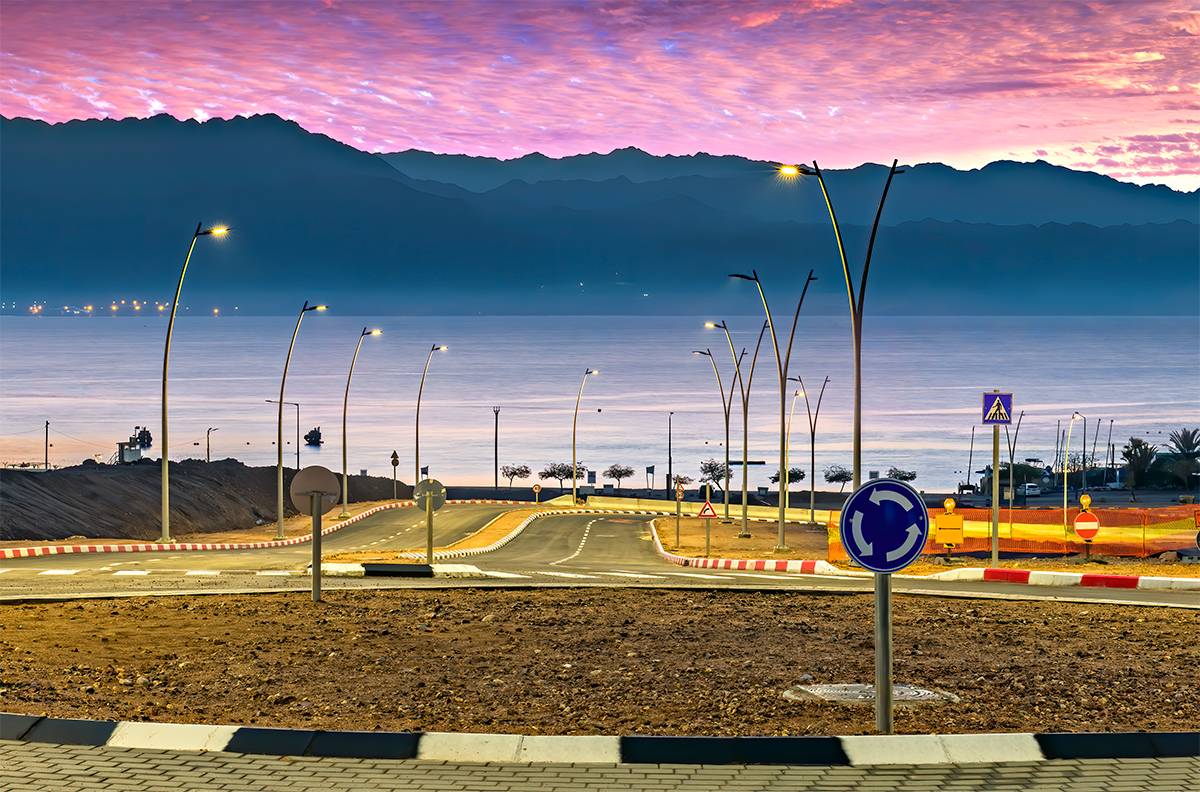

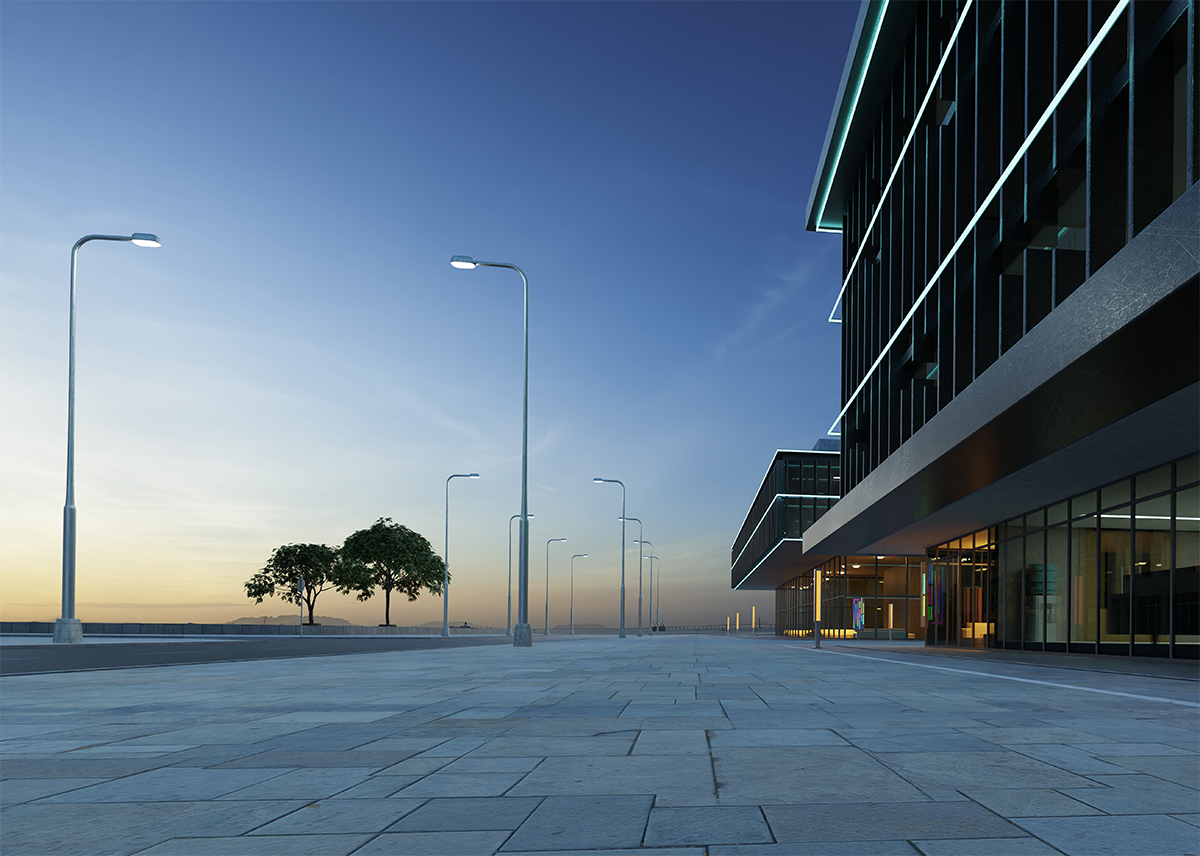
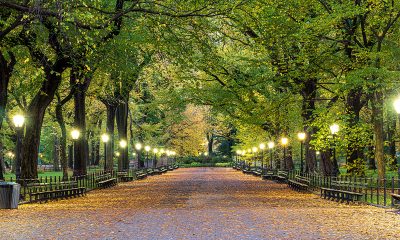
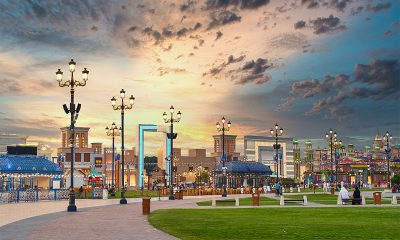
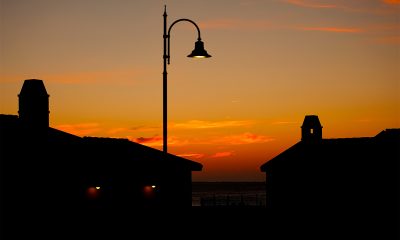
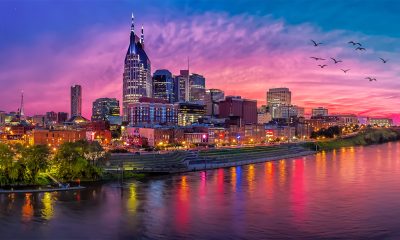


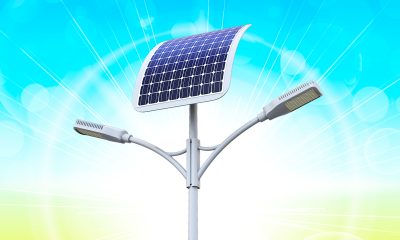
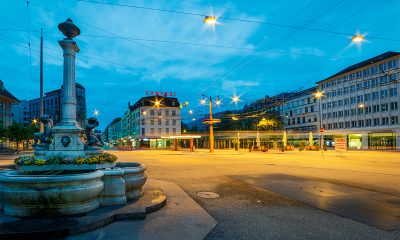

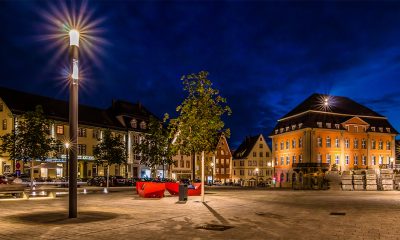
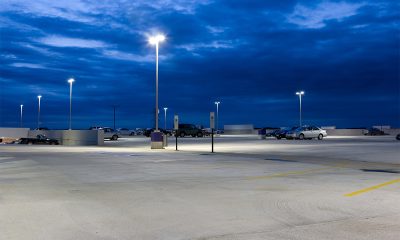
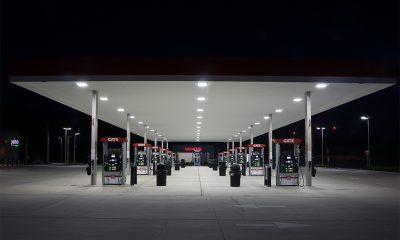





Loading...
New member
New member